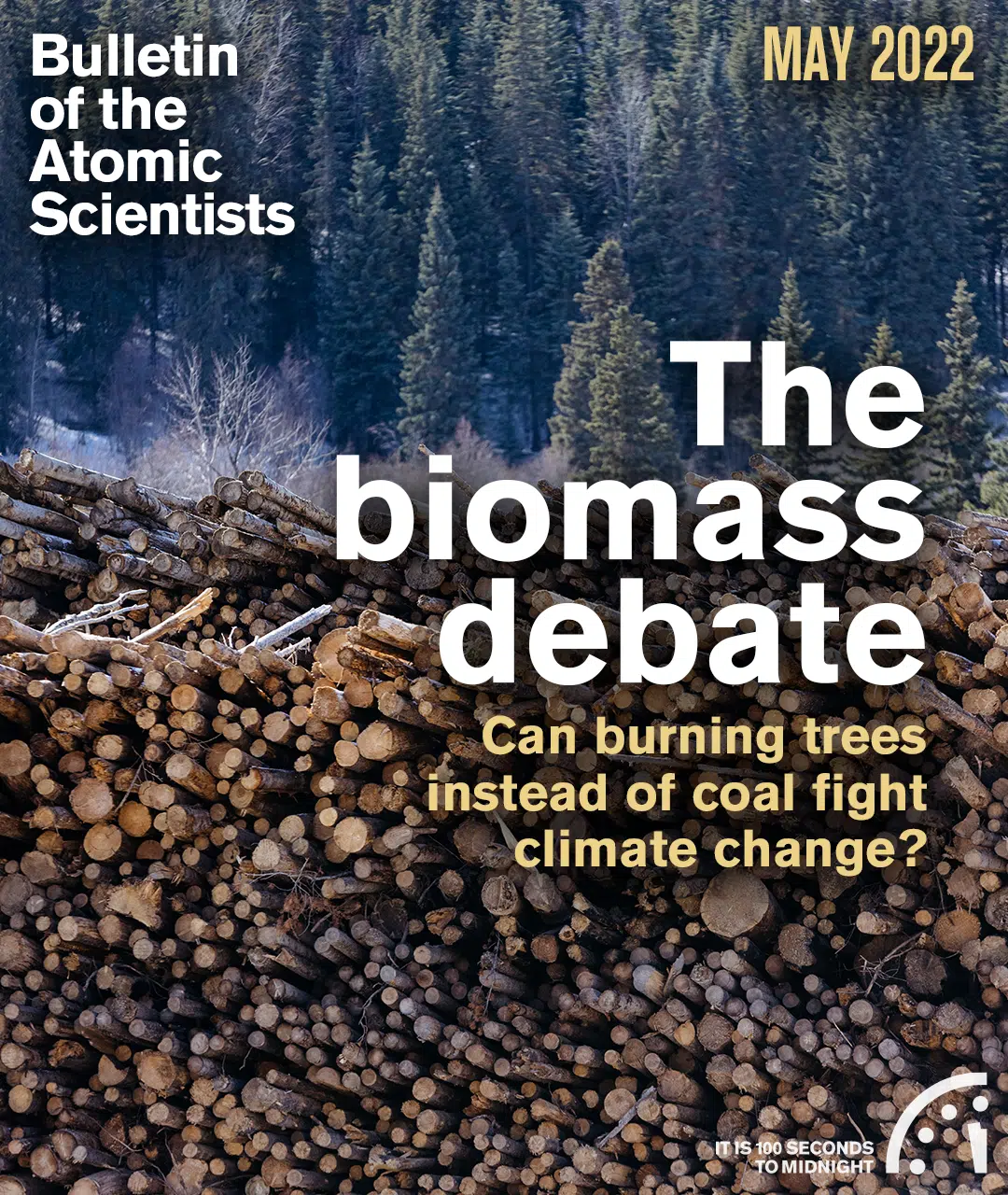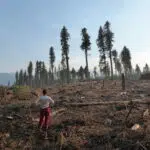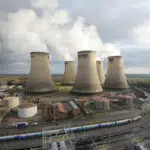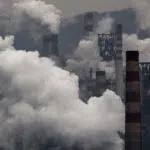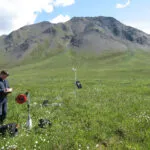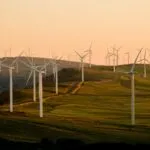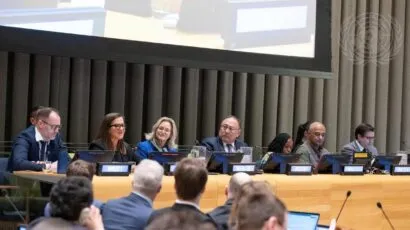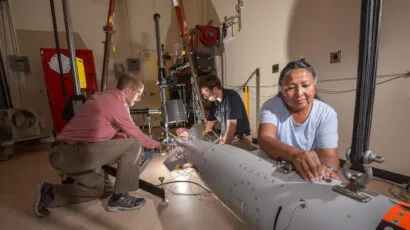Plant power: Burning biomass instead of coal can help fight climate change—but only if done right
By Raymond Pierrehumbert | May 10, 2022
Image courtesy of Joe Plenio/Pixabay
Plant power: Burning biomass instead of coal can help fight climate change—but only if done right
By Raymond Pierrehumbert | May 10, 2022
Loading...
Together, we make the world safer.
The Bulletin elevates expert voices above the noise. But as an independent nonprofit organization, our operations depend on the support of readers like you. Help us continue to deliver quality journalism that holds leaders accountable. Your support of our work at any level is important. In return, we promise our coverage will be understandable, influential, vigilant, solution-oriented, and fair-minded. Together we can make a difference.
Keywords: Drax, biofuel, biomass, climate crisis, fossil fuel, global warming, net zero, renewable energy, wood-burning
Topics: Analysis, Climate Change
Get alerts about this thread
0 Comments
Oldest

